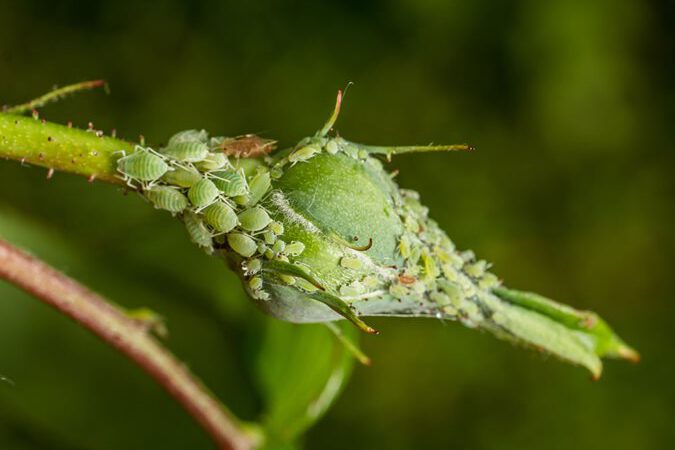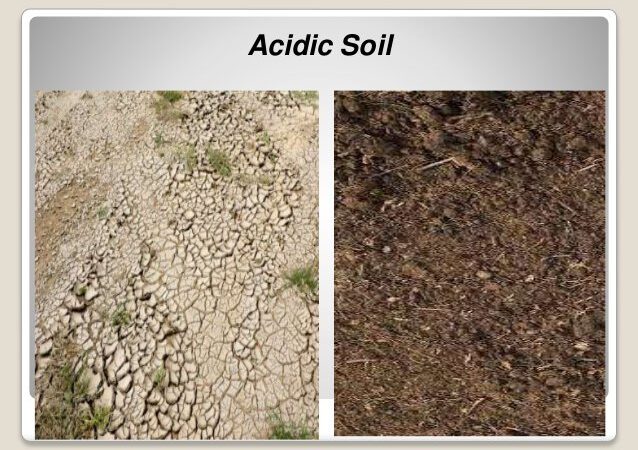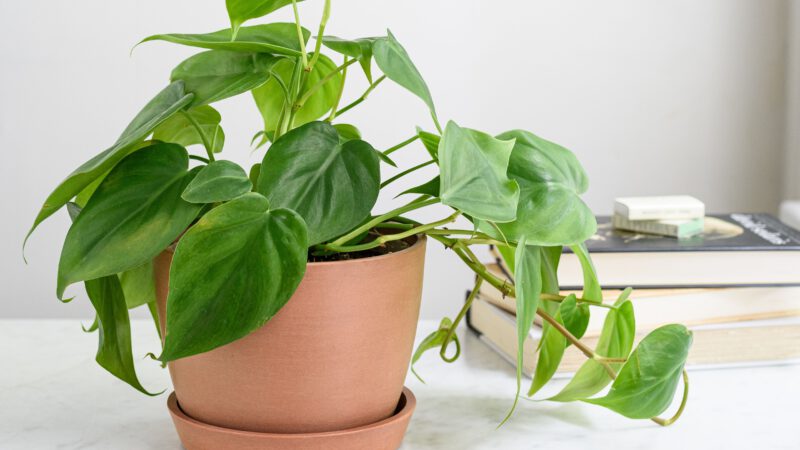How to Grow Colorado Blue Spruce
The Colorado blue spruce is a beautiful tree from North American native selection. It’s very slow growing but has an excellent pyramidal shape. As a landscape plant, it reaches 15-20 feet maturity in ten years. They were first discovered in 1862, growing in the Rocky Mountains.
But nowadays, they’re widely planted landscape trees. If you live in the right climate and have good soil, this tree will thrive, but only if you plant it the right way.
This guide tells you everything about how to grow blue spruce trees, from seedlings to mature specimens suitable for your yard or garden. You’ll learn what type of soil they need and how much sunlight they require. You’ll also learn tips on pruning them and other maintenance tasks that are necessary for their survival. Let’s get started!
Propagating and Planting Blue Spruce
Grafting is the most successful propagation method as it allows you to get earlier crops than cuttings do, but the downside is that this method requires more knowledge and experience. You can use either whip or cleft grafts with scions taken from the upper part of mature trees or use root cuttings. Colorado blue spruce grows very slowly, so, you have to be patient for seedlings to fully grow.

Image credit: https://forestnation.com/
To plant colorado blue spruce, dig a deep hole of two to three times as wide as the root ball of the tree. Then, place the tree in the hole so that the root ball is even with the surrounding soil. If your soil is poor, add water to the soil to remove air pockets.
Other special features that come with this plant include bird-friendly, dramatic foliage color, easy-care, North American Native Selection, Tolerates Road Salt, and year-round interest. And the companion plants include spirea, Butterfly Bush and Blanket Flower, Weigela, and Stonecrop.
Colorado Blue Spruce Tree Care
Other common names of Colorado blue spruce include green spruce, white spruce, and Colorado spruce. The main requirement for these trees is an adequate water supply during dry periods. Colorado blue spruce tree requires the following maintenance to keep it healthy and vigorous:
Position
It is essential to plant blue spruce trees in moist soil locations with full sun and light shade. However, blue spruce Picea Punjeb is also drought-tolerant, but growing it in heavily polluted areas can affect the blue color coating of the needle.
Soil
It is not fussy about the soil type as long as it is well-drained. Colorado blue spruce trees require moist soil to grow healthy and well. Spruce prefers acidic, boggy soils which are sandy or loamy with low levels of organic material.

Image credit: https://worldofgardenplants.com/
On soil pH, Colorado spruce requires a range of 6.0 to 7.5, even though they can tolerate extremely acidic and alkaline soils. Make sure you test the soil pH just to be sure.
Light
Plant Colorado blue spruce trees in full sun and ensure they get at least six hours of unfiltered sun per day. The Colorado blue spruce thrives in full to partial sun. It also tolerates partial shade but does better in spots with plenty of sunshine.
Water
Blue Spruce Picea punjens require an ample supply of water and also good drainage. Although blue spruce tolerates drought, it does best when watered consistently throughout the entire year. Water your blue spruce about once every two weeks if rainfall is less than 1 inch per week during the first growing season to keep the soil moist.
Once it’s established, water it only during dry spells and avoid water logging or creating muddy soil. The Colorado blue spruce can tolerate dry soil as long as the plant is watered regularly during its first growing season. At that point, it develops a deep root system and requires less frequent watering.
Fertilizer
Blue spruce does not require frequent fertilization to thrive. If you want to fertilize your Colorado blue spruce, do so in early spring or late summer using a balanced 10-10-10 formula. This will give the tree an added nutrition boost. It will increase the length of the needles and improve the needle color.
The fertilizers will also give full nutrients and help the plant to grow vigorously with a nice look and denser foliage. Better yet, you can consider using green manure for your plants. Learn how to make a composter to make this even better.
Pruning
The Colorado blue spruce should be pruned to remove dead needles and any diseased branches in its first winter. After the tree has gone through one growing season, it should no longer require any pruning. But a good thumb requires you not to prune them because they do best when their branches are allowed to grow to the ground.
Pruning them will also promote denser foliage. So, apply two to three inches of garden mulch around the plant’s base in a wide circle to keep the soil from splashing during rainy weather.
Temperature and Humidity
The Colorado blue spruce will prefer cool conditions, but they’ll tolerate full sun more readily than other evergreens. Give your tree some protection from the hot afternoon sun. It would prefer cold winters and moderate summers, with an annual minimum of about -20 degrees Fahrenheit.
The Colorado blue spruce is also tolerant of cold weather, but it will not thrive in extremely hot and humid weather conditions.
Pests and Diseases
Aphids, scale insects, and spider mites are all pests that bother picea punjens. An infestation of whiteflies can cause leaves to have a dusty appearance and also cause root rot. If you see any symptoms of pest damage on your Colorado blue spruce, it’s important to take care of the problem immediately before it becomes an irreversible situation.
Use a magnifying glass to examine your tree. Look for any eggs that may be about to hatch, and remove them by hand if they’re spotted early enough in the process. If you find a fully grown pest, spray it with a strong stream of water from a hose or use an insecticidal soap that can be applied with a garden sprayer.
Failure to treat those fuzzy black spots can make your spruce needles turn purple to brown and eventually fall. However, fungus won’t kill your tree, but these blue spruce trees are also susceptible to white pine weevils.
Potting and Repotting Blue Spruce Tree
Since these trees are used for Christmas decorating, you can add them as potted landscaping plants when the holiday is over. The blue spruce tree can also be added to the Rocky Mountains or any area with good drainage and full sun exposure. Once the season is over, dig a hole and keep the dirt loose to provide enough air for the roots.

Image credit: https://worldofgardenplants.com/
The Colorado Blue Spruce Landscape Uses
This plant makes an exceptional accent tree. You cannot also go wrong with this tree if you’re looking for a windbreak or privacy screen. And if you’re living in areas with a large wildlife population, these ornamental trees resist deer, thanks to their strong smell and prickly texture. This also makes it a perfect habitat for local rabbits and birds.
FAQs on How to Grow Colorado White Spruce
Can you grow Colorado blue spruce indoors?
No, blue spruce trees are too large to be grown indoors. They can be grown outdoors where they can get natural sunlight.
How can you make blue spruce grow faster?
Make sure your blue spruce tree is planted in a location with lots of sunlight for at least half a day. You can also fertilize the soil around the plant with triple phosphate and potassium to help it grow faster.
Final Thought on How to Grow Colorado Blue Spruce
As you can see, growing these Christmas trees is not that difficult. As long as your location has full sun and is well-drained, you can grow this plant and enjoy its Christmas beauty. Even if you do not use it as a Christmas tree, the blue spruce will still look good around your home. It can also help you separate tall multistory buildings.
The post How to Grow Colorado Blue Spruce appeared first on Kitchen Infinity.






